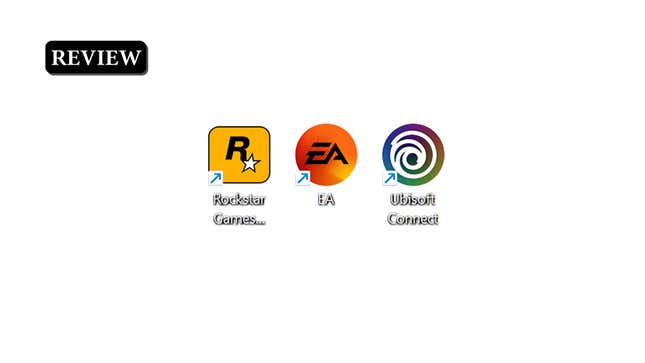
Over the last decade many of the biggest video game publishers (and some smaller ones too!) have decided that we can’t just launch our PC games straight from Steam or the desktop. Instead, we need to fire up their own desktop app first and then start our games.
There are many reasons for this. For one, it’s an easy way for companies to keep their game updates, news and important information all in once place. It’s also a central location to try and sell you things, since stuff like expansions and DLC can be advertised (and managed once purchased) there.
For some companies, like Activision Blizzard, it’s even a focal point for game purchases themselves; while some launchers are just for starting up games you’ve bought elsewhere, other releases can sometimes be exclusive and only bought (at least initially) and played by using a publisher’s own desktop app.
Thanks to their intrusions and proliferation, not to mention their occasional performance issues, they’ve become something of a controversy among PC gaming circles, but I didn’t want this post to be a mere catalogue of grievances. In the interests of fairness and open evaluation, I wanted to try out each third-party launcher myself and give an honest opinion on how they worked. Evaluate them, see what their real strengths (and any actual weaknesses) might be.
Please note that I’m only covering third-party, multi-game launchers here. So nothing that’s there for a single game (like Minecraft), and I’m not including shopfronts like Steam, GoG or Epic either. Anyway, without further ado, let’s get started!

